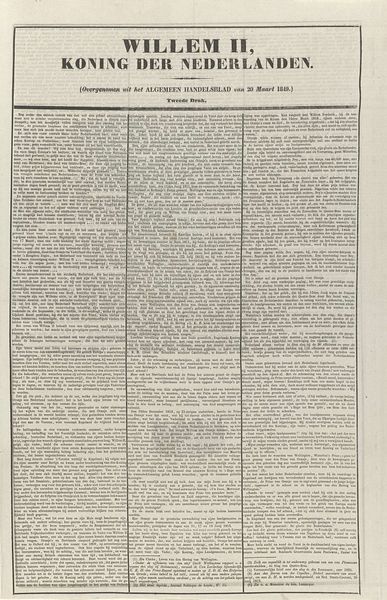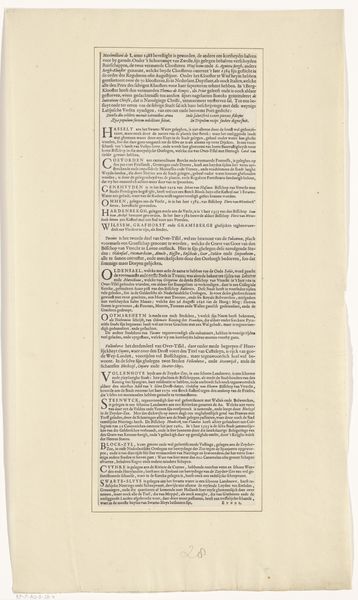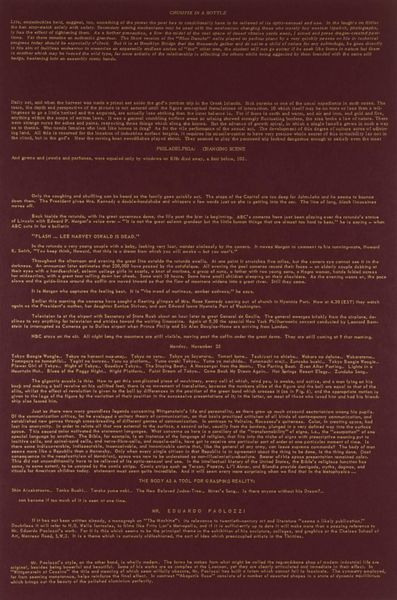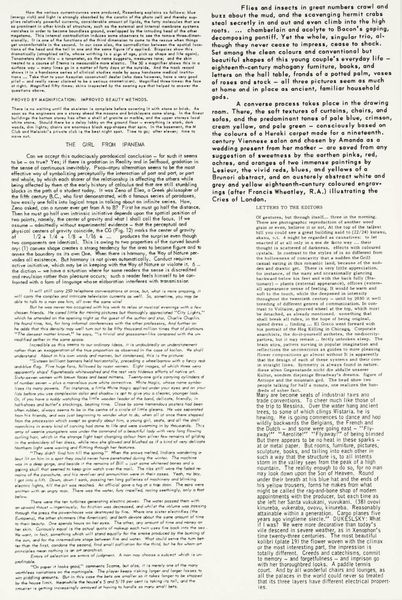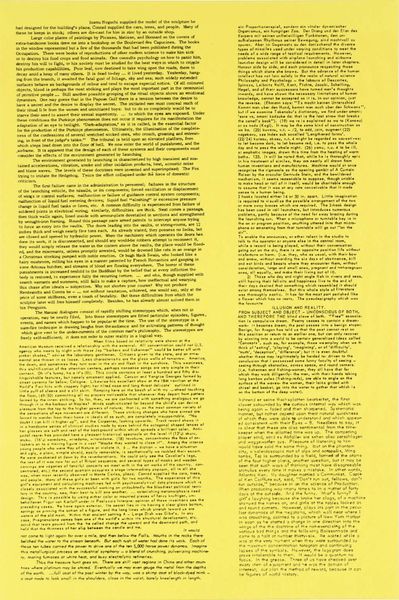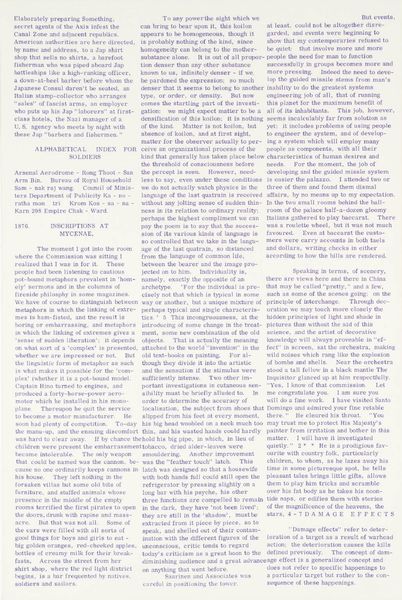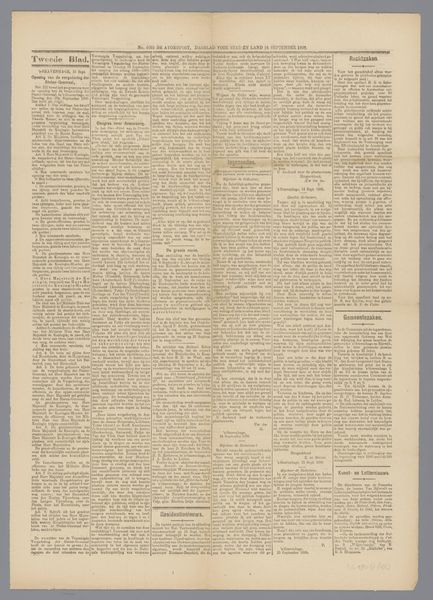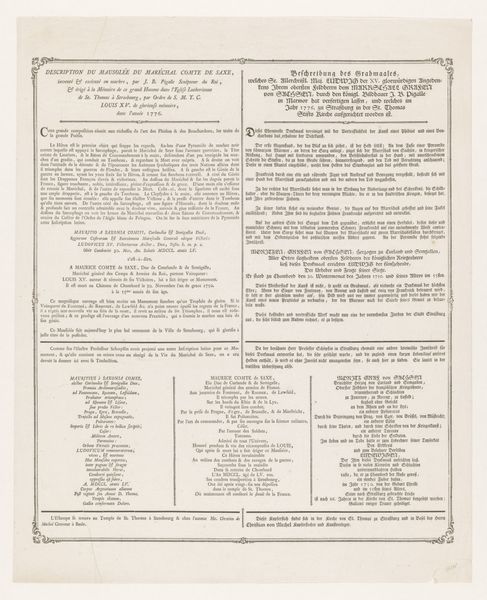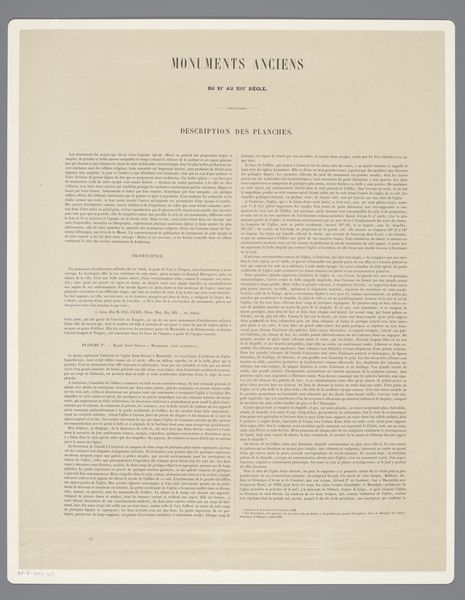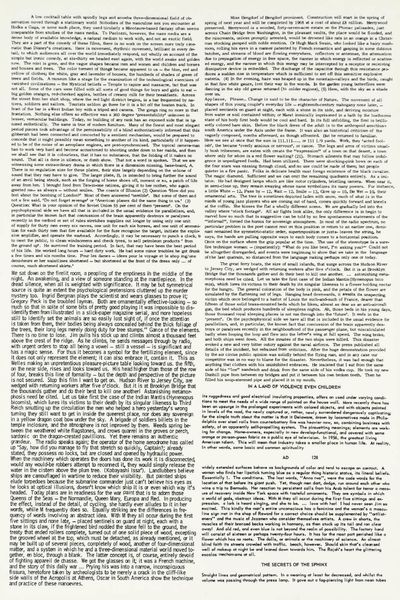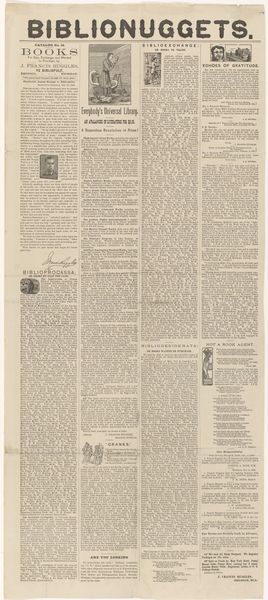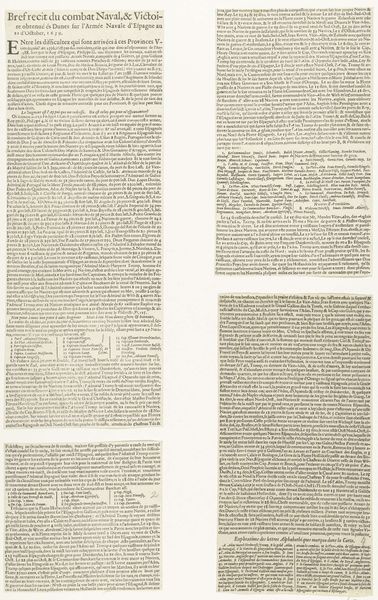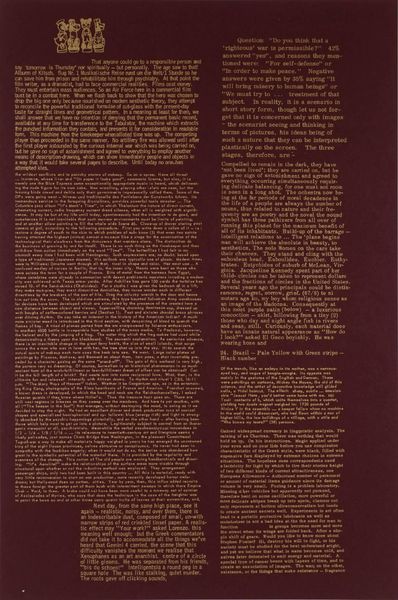
print, etching, textile, paper
#
medieval
# print
#
etching
#
textile
#
paper
#
history-painting
Dimensions: height 535 mm, width 426 mm
Copyright: Rijks Museum: Open Domain
Curator: Here we have "Beschrijving van platen in serie", or "Description of plates in series", dating back to 1855. It's currently held at the Rijksmuseum. What strikes you initially? Editor: Well, my immediate reaction is one of curiosity and slight intimidation. The sheer density of text makes it appear more like a legal document than a piece of visual art, to be honest. It almost overwhelms the senses! Curator: Exactly! And that’s what makes it so compelling. From a historical viewpoint, it presents a fascinating record of imagery and social history. It makes me wonder, how accessible was art and knowledge about historical sites for the working classes at this time? The medium involves printmaking – specifically etching on paper. The choice of textile and paper signifies a dissemination of information, but to whom exactly? Editor: I agree. Thinking about who this "art" was intended for complicates its reception. How can we analyze the purpose and intention behind this particular art from an intersectional approach? Does this cater to scholarly elites, reinforcing pre-existing hierarchies of knowledge? It seems that women and non-white communities were completely excluded, then. Curator: Precisely! That exclusion needs to be addressed whenever we discuss the “public” consumption of this object, considering gender and race biases. The content itself—described as “history painting”—hints at an intention to document. I also appreciate that its creator wanted this distributed and shared to increase awareness about our cultural heritage. It feels radical even today! Editor: True. Perhaps we're primed to see artworks in grander, visually stimulating formats. Considering that this type of printed matter facilitated discussions and helped frame the national narratives. So it speaks directly about cultural dissemination. Curator: Well, looking beyond aesthetics really emphasizes our cultural history in so many ways. Thanks for your insightful perspective. Editor: The pleasure was mine. This has certainly provided much to ponder on the politics of imagery.
Comments
No comments
Be the first to comment and join the conversation on the ultimate creative platform.
